Home>Garden Essentials>How Is Greenery Being Used
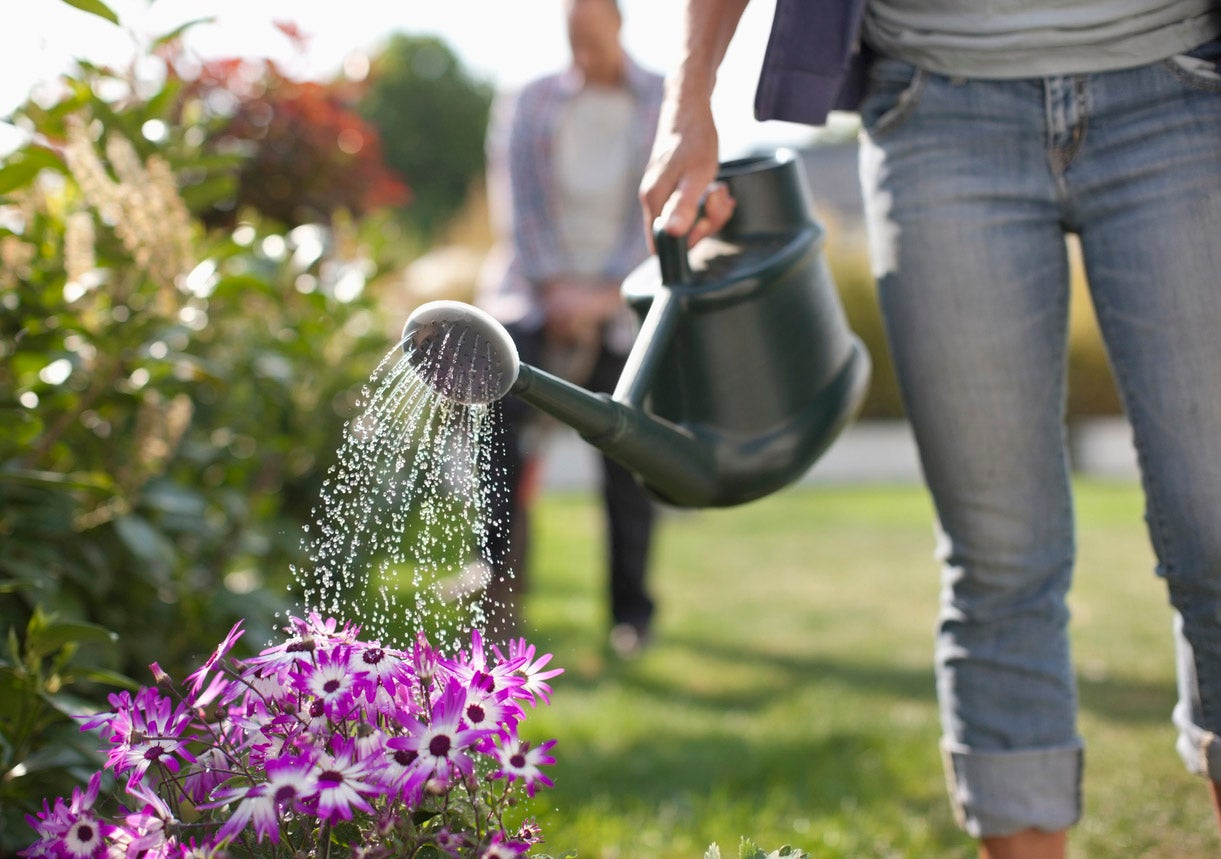

Garden Essentials
How Is Greenery Being Used
Modified: March 7, 2024
Discover how greenery is being creatively used in gardens to enhance aesthetics and bring nature closer to home. Explore innovative garden designs that incorporate the beauty of plants and foliage.
(Many of the links in this article redirect to a specific reviewed product. Your purchase of these products through affiliate links helps to generate commission for Storables.com, at no extra cost. Learn more)
Introduction
Gardens have always been a place of tranquility and beauty, offering a serene escape from the hustle and bustle of everyday life. But greenery is not limited to traditional gardens anymore. In recent years, there has been a growing trend of incorporating greenery into various urban spaces, including architecture, interior design, public areas, and sustainable landscaping.
This infusion of greenery into urban areas not only enhances the aesthetic appeal but also brings numerous benefits to the environment and the people who inhabit these spaces. From reducing pollution to improving mental well-being, the use of greenery in urban spaces has become a crucial component for creating healthier and more livable environments.
In this article, we will explore the different ways in which greenery is being used in urban spaces and the advantages it brings. We will delve into the incorporation of greenery in architecture and design, interior design, public spaces, and sustainable landscaping. Additionally, we will highlight the benefits of using greenery and address the challenges and considerations that come along with it.
Key Takeaways:
- Greenery in urban spaces, architecture, and interior design improves air quality, reduces heat, and enhances well-being, creating healthier and more vibrant environments for people to live and work in.
- Challenges in using greenery include maintenance, species suitability, water management, design integration, and cost considerations. Overcoming these challenges is crucial for the effective and sustainable integration of greenery in various settings.
Read more: How To Use Greenery On Curtains
Use of Greenery in Urban Spaces
In today’s urban environment, where concrete jungles dominate the landscape, the inclusion of greenery has become a crucial element in creating a more livable and sustainable cityscape. The use of greenery in urban spaces encompasses a wide range of areas, from parks and gardens to buildings and streetscapes.
One of the primary ways in which greenery is incorporated in urban spaces is through the integration of green roofs and walls. Green roofs are rooftops covered with vegetation, providing insulation, reducing stormwater runoff, and mitigating the urban heat island effect. Green walls, on the other hand, involve vertical planting systems that can be attached to buildings, adding a touch of nature while improving air quality and reducing noise pollution.
Another popular use of greenery in urban spaces is through the creation of pocket parks and community gardens. These small green spaces bring people together, provide opportunities for recreational activities, and promote a sense of community. They also offer a respite from the concrete surroundings and contribute to a healthier and more aesthetically pleasing environment.
The incorporation of greenery is not limited to outdoor spaces alone. Interior designers have also embraced the use of plants and greenery to bring a touch of nature indoors. Hanging plants, potted plants, and living walls are just a few examples of how interior spaces can be transformed into vibrant and welcoming areas by adding greenery. These indoor plants not only enhance the visual appeal of the space but also improve indoor air quality by reducing toxins and increasing humidity.
Greenery in Architecture and Design
The integration of greenery in architecture and design has become a prominent trend, with architects and designers incorporating plants and green elements into their projects. This approach not only enhances the aesthetics of the building but also contributes to sustainability and the well-being of its occupants.
One of the key ways greenery is incorporated in architecture is through the use of green facades. These facades are created by covering the exterior of the building with climbing plants, creating a visually appealing and eco-friendly design. Green facades offer numerous benefits, including thermal insulation, noise reduction, and improved air quality.
Another popular architectural feature is the use of atriums and courtyard gardens. These open spaces within a building are often filled with lush green plants and trees, creating a natural oasis for occupants to relax and unwind. Atriums also allow for natural light to filter into the building, reducing the need for artificial lighting and improving energy efficiency.
In addition to exterior and interior greenery, architects are also incorporating rooftop gardens and green rooftops into their designs. These rooftop spaces not only provide opportunities for urban agriculture and recreational activities but also play a vital role in stormwater management and energy conservation. Rooftop gardens can help reduce the urban heat island effect and mitigate the impact of climate change.
Green architecture and design practices are also progressing towards creating self-sustaining buildings known as “living buildings.” These structures are designed to generate their energy, collect water, and incorporate extensive greenery, mimicking a self-sufficient ecosystem. These innovative designs not only promote sustainability but also provide a seamless connection between nature and the built environment.
The use of greenery in architecture and design creates a harmonious balance between the urban environment and nature. It enhances the visual appeal of buildings, improves energy efficiency, and contributes to the physical and mental well-being of the occupants. As sustainability and green living continue to gain importance, the integration of green elements in architecture and design will undoubtedly become even more prevalent.
Greenery in Interior Design
In interior design, the integration of greenery has become a popular and effective way to infuse natural elements into indoor spaces. Adding plants and greenery not only enhances the visual appeal of the interior but also creates a healthier and more inviting environment for occupants.
There are various ways in which greenery can be incorporated into interior design. One common approach is through the use of potted plants placed strategically throughout the space. These plants can range from small succulents to larger statement plants, depending on the design aesthetic and available space. The presence of plants adds a touch of nature, bringing life and freshness to the indoor environment.
Living walls, also known as vertical gardens or green walls, have gained popularity in recent years. These installations involve planting systems mounted on walls and can be customized to fit any space, from residential to commercial settings. Living walls not only serve as stunning design features but also improve air quality by filtering pollutants and increasing oxygen levels.
Another way to incorporate greenery in interior design is through hanging plants. These suspended plants add visual interest and create a unique focal point in a room. Hanging plants are especially suitable for spaces with limited floor or countertop space, as they utilize vertical space effectively.
Indoor gardens or indoor greenhouses are a more extensive approach to incorporating greenery into interior design. These dedicated spaces can be created in larger homes or commercial settings, allowing for the cultivation of a variety of plants. Indoor gardens not only serve as a beautiful design feature but also provide a tranquil space for gardening enthusiasts to nurture their plants.
The benefits of incorporating greenery into interior design go beyond aesthetics. Plants improve indoor air quality by filtering out pollutants and releasing oxygen. They also contribute to better mental health and well-being by creating a connection to nature and reducing stress levels.
When incorporating greenery into interior design, it is important to consider factors such as lighting, watering needs, and the suitability of different plant species for indoor environments. Proper care and maintenance of the plants are essential to ensure their longevity and vitality.
By integrating greenery into interior design, designers can transform indoor spaces into vibrant and serene environments. The presence of plants adds a sense of life and vitality, creating a welcoming atmosphere that connects occupants with nature.
Greenery in Public Spaces
Public spaces play a vital role in urban environments, providing areas for relaxation, socialization, and recreation. The integration of greenery in these public spaces has become increasingly important, as it enhances the overall experience and well-being of residents and visitors.
One common application of greenery in public spaces is the creation of parks and gardens. These green spaces serve as natural havens amidst the concrete jungle, offering a place for people to unwind, exercise, and connect with nature. Parks and gardens can feature a variety of plantings, from flower beds and meadows to trees and water features, providing a visually appealing and refreshing environment.
Another way greenery is incorporated into public spaces is through the design of urban plazas and squares. These open areas are often adorned with trees, seating areas, and plantings, creating an inviting place for people to gather, socialize, and enjoy outdoor activities. Green elements help soften the built environment, making these public spaces more welcoming and comfortable.
Vertical greenery is also gaining popularity in public spaces, particularly on the walls of buildings and infrastructure. Green walls not only add visual interest to the urban landscape but also offer environmental benefits such as reducing noise pollution, improving air quality, and promoting biodiversity. These vertical gardens contribute to the overall greening of the cityscape and make public spaces more aesthetically pleasing.
Additionally, greenery can be incorporated into public spaces through the installation of street trees. Planting trees along sidewalks and roads not only provides shade and enhances the beauty of the streetscape but also helps mitigate the impacts of urban heat islands, reducing the overall temperature in the area. Trees also play a crucial role in absorbing carbon dioxide and improving air quality, making the urban environment healthier for everyone.
With the increasing awareness of environmental sustainability, public spaces are also embracing the concept of edible landscaping and urban agriculture. Community gardens and edible landscapes are being integrated into parks and public areas, allowing residents to grow their own food and fostering a sense of community engagement. These initiatives promote food security, education, and a deeper connection to the natural environment.
Overall, the incorporation of greenery into public spaces has numerous benefits. It improves the aesthetic appeal, provides opportunities for recreation and relaxation, contributes to environmental sustainability, and enhances the well-being of the community. As cities continue to grow and evolve, the inclusion of green elements in public spaces will play a crucial role in creating livable and vibrant urban environments.
Tip: Greenery is being used in interior design to bring the outdoors inside, improve air quality, and create a calming atmosphere. Consider adding houseplants or green walls to your space for a natural touch.
Read more: When Did Security Cameras Start Being Used
Greenery in Sustainable Landscaping
Sustainable landscaping involves the use of greenery and eco-friendly practices to create landscapes that are both visually appealing and environmentally responsible. This approach to landscaping promotes biodiversity, conserves resources, and minimizes negative impacts on the ecosystem.
One of the key elements of sustainable landscaping is the selection of native plants. Native plants are well-suited to the local climate, require less water and maintenance, and provide important habitat for local wildlife. By using native plants in landscaping projects, professionals can create vibrant and resilient ecosystems that support biodiversity and reduce the need for excessive watering or chemical inputs.
In addition to native plants, sustainable landscaping also incorporates techniques such as rainwater harvesting and stormwater management. These practices involve capturing and storing rainwater for irrigation, reducing the reliance on water from municipal sources. Rain gardens and bioswales are also commonly used to manage stormwater runoff, allowing water to be naturally filtered and recharged into the soil instead of being wasted or causing pollution in bodies of water.
Green roofs and living walls, as mentioned earlier, are not only used in architecture but also play a role in sustainable landscaping. Green roofs provide insulation, reduce the heat island effect, and absorb rainwater, thereby reducing the strain on urban drainage systems. Living walls, on the other hand, enhance biodiversity, improve air quality, and provide a vertical habitat for insects, birds, and other wildlife.
Furthermore, sustainable landscaping practices prioritize the reduction of chemical use and the promotion of organic gardening methods. By minimizing the use of harmful pesticides and herbicides, professionals can protect soil health and the overall ecosystem. Instead, they focus on natural pest control methods, such as companion planting and beneficial insects, to maintain a healthy balance in the landscape.
Sustainable landscaping also highlights the importance of proper soil management, including the use of compost and mulch. Compost enriches the soil, improves nutrient availability, and enhances water retention. Mulch helps regulate soil temperature, reduce water evaporation, and suppress weed growth. These practices contribute to healthy plant growth and reduce the need for synthetic fertilizers or excessive watering.
By incorporating greenery into sustainable landscaping practices, professionals can create landscapes that are not only beautiful but also environmentally friendly. These landscapes contribute to biodiversity, conserve water, reduce pollution, and provide habitat for wildlife. They also serve as a tangible example of how individuals and communities can make a positive impact on the environment through thoughtful and responsible landscaping choices.
Benefits of Using Greenery
The incorporation of greenery in urban spaces, architecture, interior design, public areas, and sustainable landscaping brings about a multitude of benefits. Beyond the aesthetic appeal, the presence of greenery contributes to the well-being of both the environment and the people who interact with these spaces.
One of the primary benefits of using greenery is the improvement of air quality. Plants act as natural air filters, absorbing carbon dioxide and releasing oxygen through the process of photosynthesis. They also filter out pollutants, such as volatile organic compounds (VOCs) and particulate matter, thus creating a healthier and fresher atmosphere. This is particularly important in urban areas where air pollution can be a significant concern.
Greenery also plays a crucial role in mitigating the urban heat island effect. By providing shade and evapotranspiration, plants help cool down the surrounding environment, reducing the overall temperature in urban areas. This helps create more comfortable and livable spaces, especially during hot summer months.
Furthermore, the presence of greenery has been linked to numerous health benefits. Interacting with nature and being exposed to green spaces has been shown to reduce stress levels, improve mental well-being, and enhance cognitive function. Studies have also indicated that access to green spaces can promote physical activity and encourage social interactions, leading to healthier and more active communities.
From an environmental perspective, greenery contributes to the conservation of resources and biodiversity. Trees and plants absorb carbon dioxide, helping to mitigate climate change and reduce greenhouse gas emissions. They also act as natural water filters, improving water quality and reducing the risk of water pollution. The use of native plants in landscaping projects further supports local ecosystems and provides habitat for various wildlife species.
Additionally, greenery enhances the visual appeal of urban environments. The presence of plants, flowers, and trees adds color, texture, and depth to otherwise dull and monotonous urban landscapes. Green areas create a sense of connection to nature, providing visual respite and a calming effect on the mind.
Moreover, the use of greenery in urban spaces and buildings can contribute to energy efficiency. Green roofs and vertical gardens provide insulation, reducing the need for artificial heating and cooling. This helps conserve energy, lower utility costs, and lessen the overall environmental impact of the built environment.
Overall, the benefits of using greenery in various settings are significant. From improving air quality, reducing heat, and enhancing well-being to conserving resources, supporting biodiversity, and creating visually appealing environments, greenery has a positive impact on both the environment and the people who engage with these spaces.
Challenges and Considerations in Using Greenery
While incorporating greenery into urban spaces and design brings numerous benefits, there are several challenges and considerations that need to be addressed to ensure the effective and sustainable use of greenery.
One of the primary challenges is the maintenance and care of greenery. Plants require regular watering, pruning, and fertilization to thrive, and neglecting these maintenance tasks can lead to plant health issues and deterioration of the overall aesthetic appeal. Adequate resources and expertise are essential to ensure proper plant care and maintenance, especially in large-scale projects or public spaces.
Another consideration is the suitability of plant species for specific environments. Not all plants thrive in urban conditions, which are often characterized by pollution, limited space, and variable climatic conditions. It is important to select plant species that can withstand these challenges and thrive in the given environment. This requires a careful assessment of factors such as sun exposure, air quality, soil conditions, and water availability.
Water management is also a crucial consideration when using greenery. In arid or water-stressed regions, the use of water-efficient irrigation systems and drought-tolerant plants is essential to minimize water consumption. Proper water management practices, such as rainwater harvesting and the use of efficient irrigation techniques, can help conserve water and reduce reliance on freshwater resources.
Furthermore, the long-term viability of greenery should be considered. Plants grow and evolve over time, and designs must account for their growth patterns and potential need for pruning or reshaping. Additionally, regular monitoring and assessment of plant health are necessary to address disease or pest issues and ensure the long-term survival of the greenery.
Aesthetics and design integration also pose challenges in incorporating greenery effectively. It is important to strike a balance between the desire for greenery and other design elements. Proper planning is crucial to ensure that greenery enhances the overall design without overshadowing or creating maintenance difficulties for other features or structures.
Finally, cost can be a significant consideration when using greenery. While incorporating greenery may have long-term benefits, the initial investment and ongoing maintenance costs should be carefully evaluated. Budget constraints and the ability to allocate resources for greenery must be taken into account to ensure the feasibility and viability of the project.
Addressing these challenges and considerations requires a comprehensive approach that includes careful planning, proper maintenance, and regular assessment. Collaboration between landscape architects, urban planners, horticulturists, and maintenance teams is vital to overcome these challenges and ensure the successful integration of greenery in various settings.
Conclusion
The integration of greenery in urban spaces, architecture, interior design, public areas, and sustainable landscaping is transforming our cities into healthier, more sustainable, and enjoyable environments. The use of greenery brings a multitude of benefits, ranging from improved air quality and enhanced well-being to the conservation of resources and the promotion of biodiversity.
By incorporating green roofs and walls, parks and gardens, and vertical greenery, we can create urban spaces that not only look visually appealing but also contribute to mitigating the impacts of climate change, reducing pollution, and promoting mental and physical health. The inclusion of greenery in architecture and interior design provides a connection to nature, improves indoor air quality, and adds a touch of tranquility to our living and working spaces.
Public spaces infused with greenery offer a respite from the concrete jungle, providing areas for recreation, socialization, and relaxation. Sustainable landscaping practices emphasize the importance of native plants, water conservation, and soil health, creating landscapes that are both visually appealing and environmentally responsible.
However, the use of greenery also presents challenges and considerations. Proper maintenance and care, species suitability, water management, design integration, and cost are crucial factors that need to be addressed to ensure the effective and sustainable use of greenery in various settings.
In conclusion, the incorporation of greenery in urban spaces and design is a vital step towards creating healthier, more sustainable, and vibrant environments. Its numerous benefits, including improved air quality, reduced heat island effect, enhanced well-being, and conservation of resources, make it an essential component in building greener cities of the future.
By embracing the challenges and taking into account the considerations associated with using greenery, we can continue to integrate nature into our urban environments and create spaces that are not only aesthetically pleasing but also contribute to the well-being of both the environment and the people who inhabit these spaces.
Frequently Asked Questions about How Is Greenery Being Used
Was this page helpful?
At Storables.com, we guarantee accurate and reliable information. Our content, validated by Expert Board Contributors, is crafted following stringent Editorial Policies. We're committed to providing you with well-researched, expert-backed insights for all your informational needs.

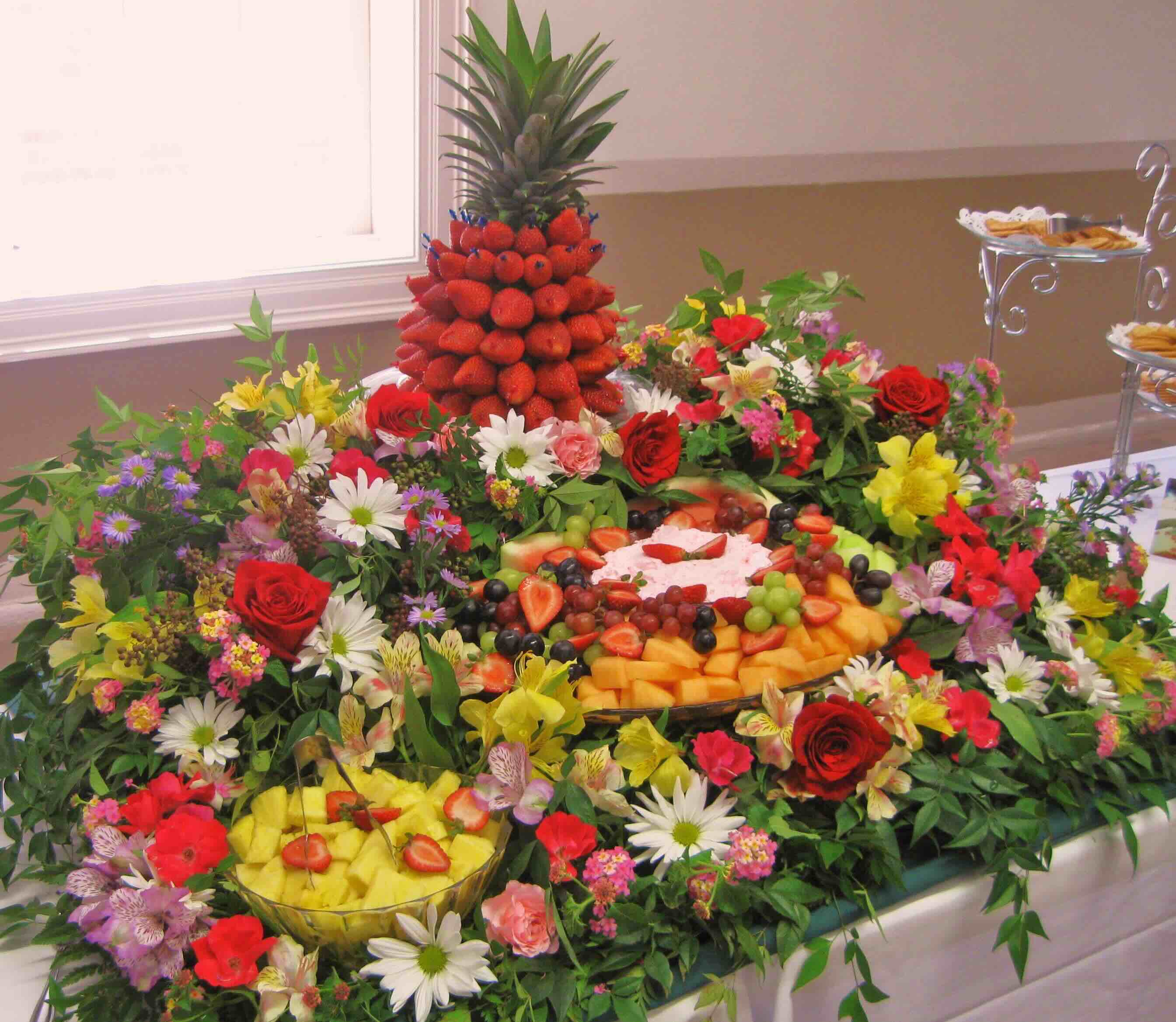
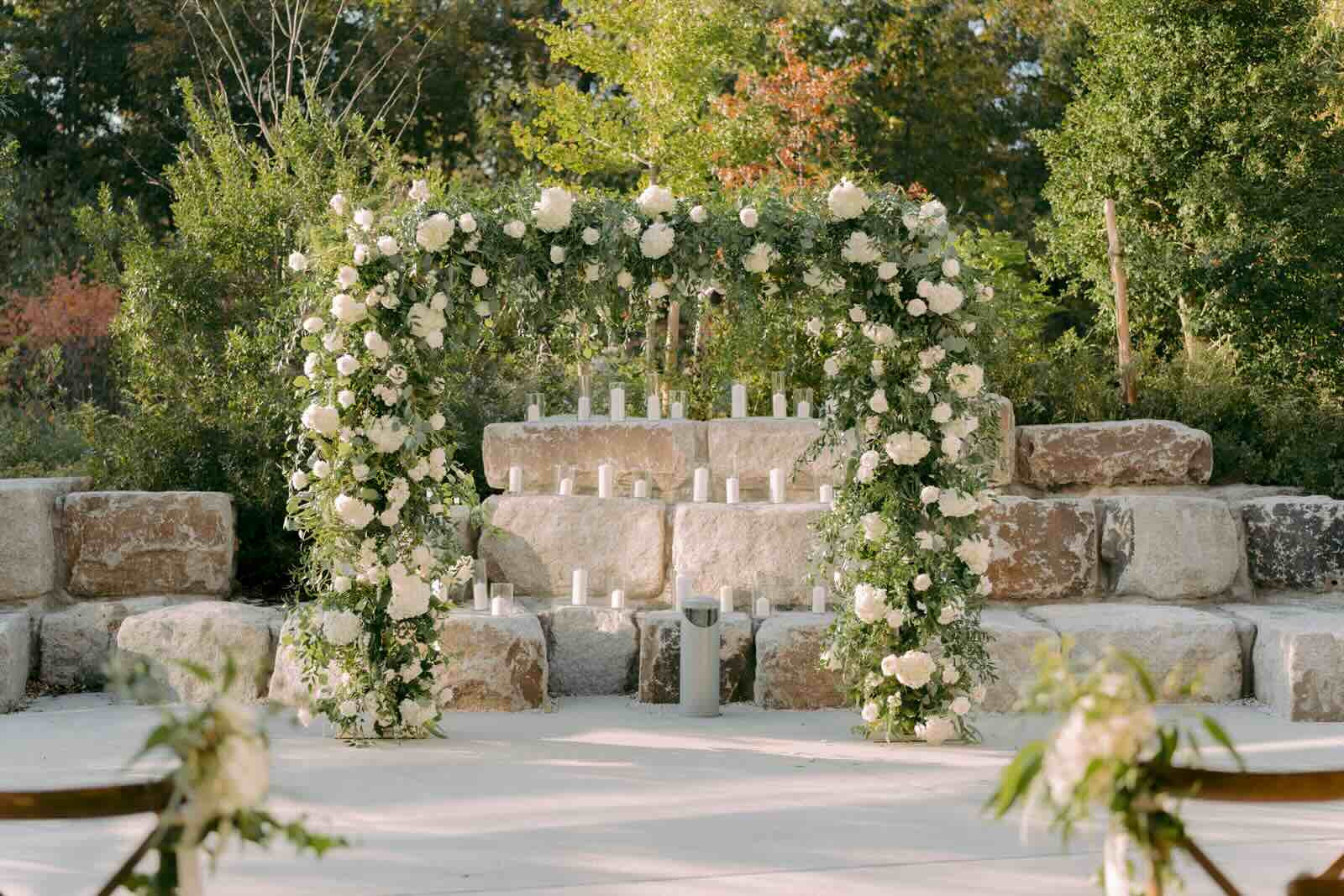



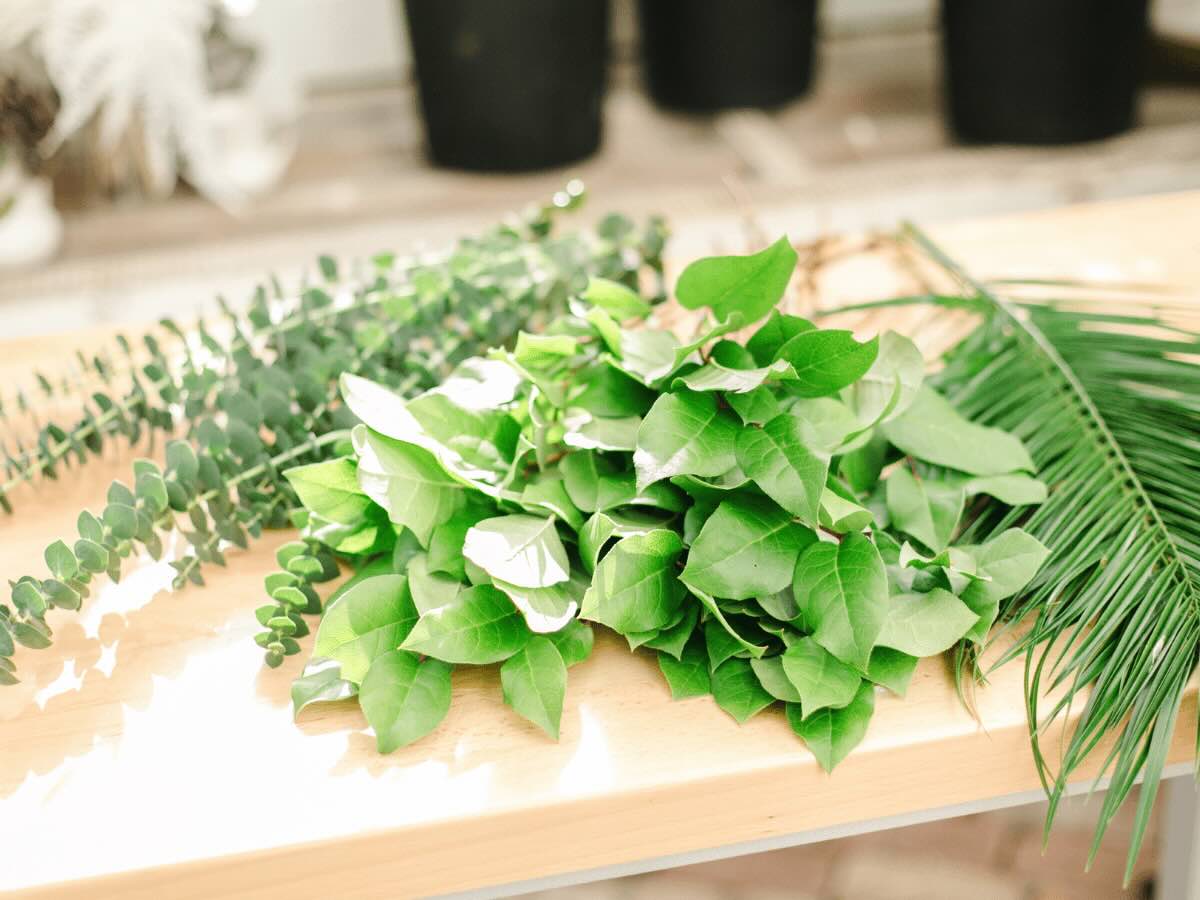
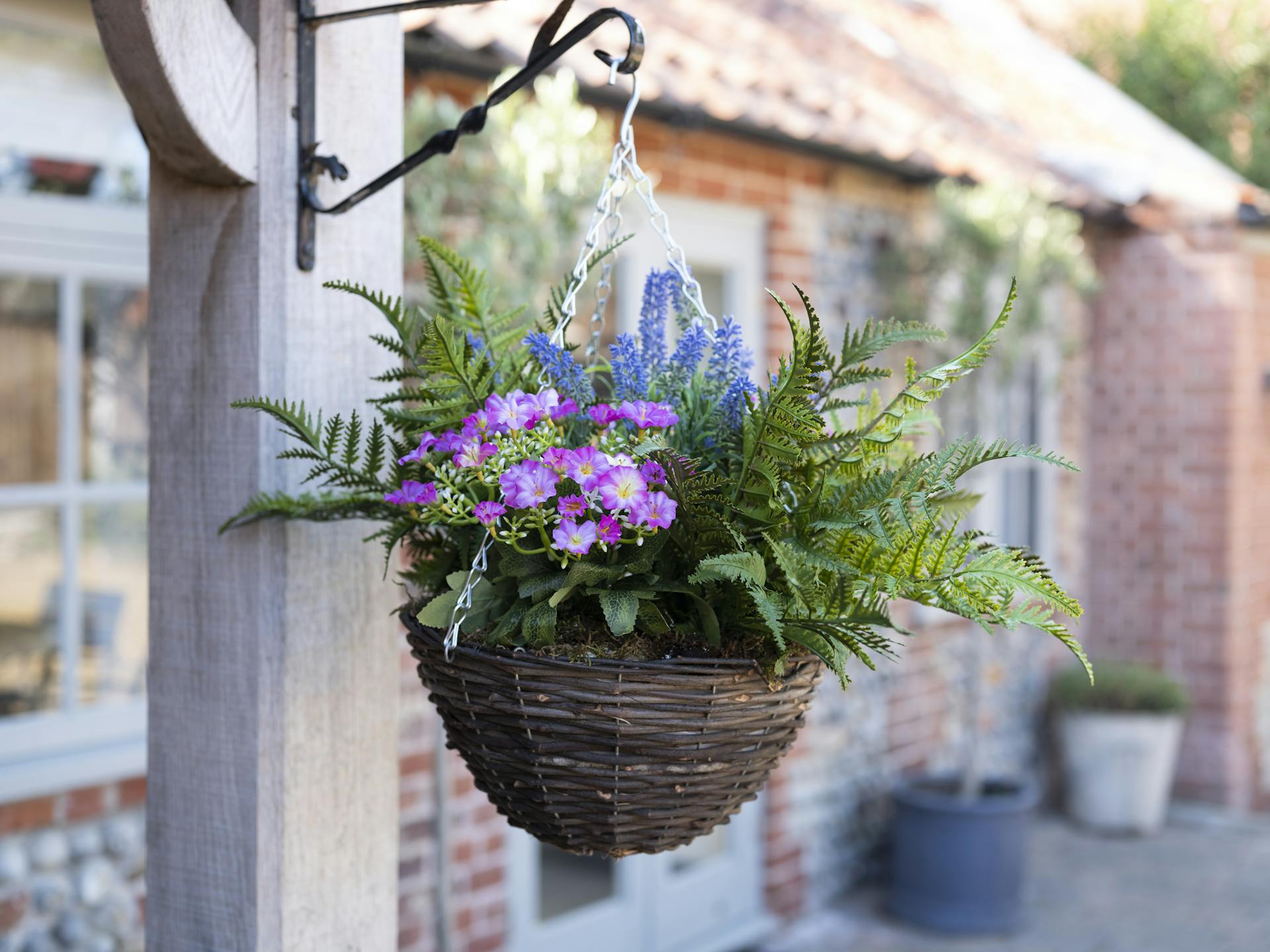
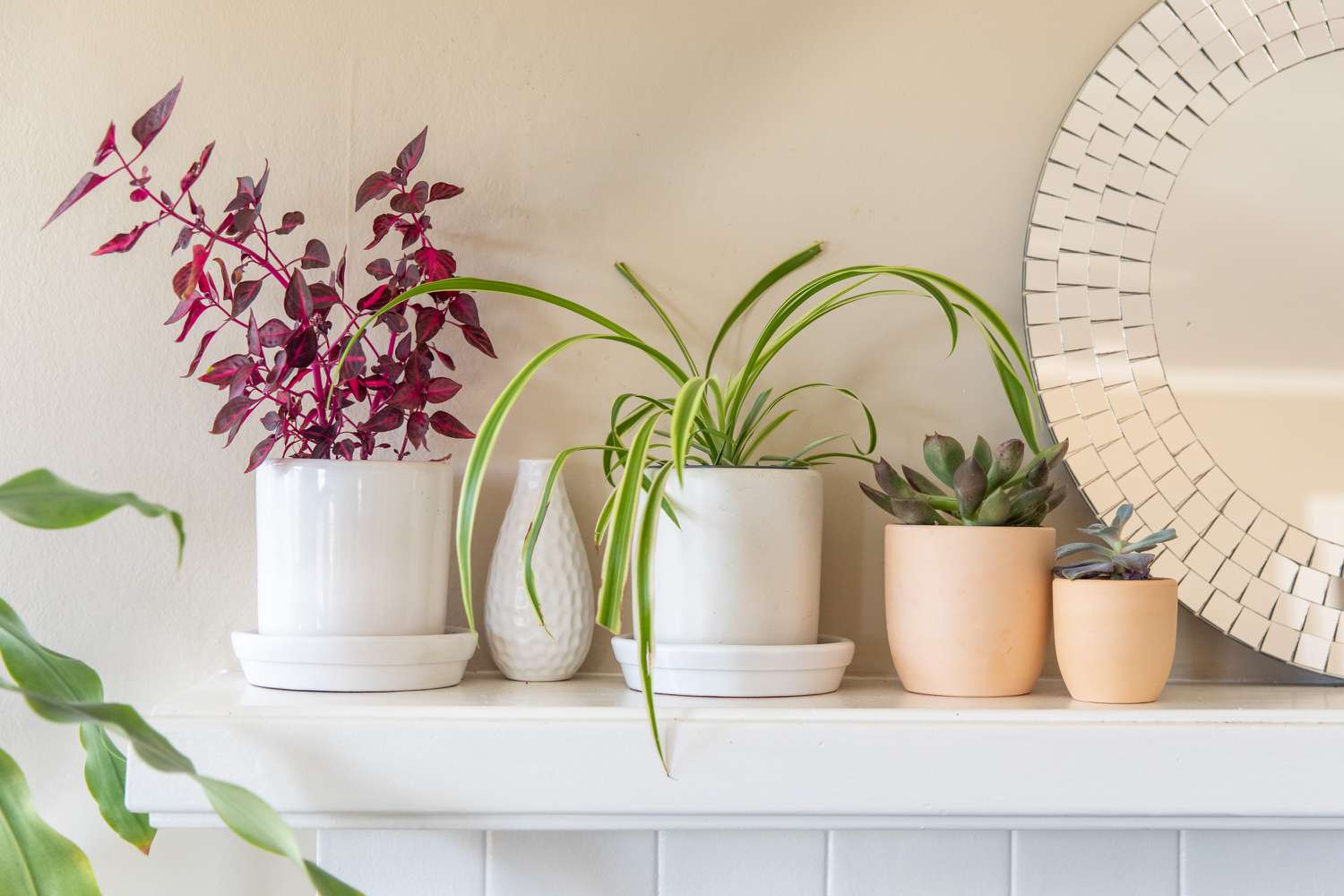
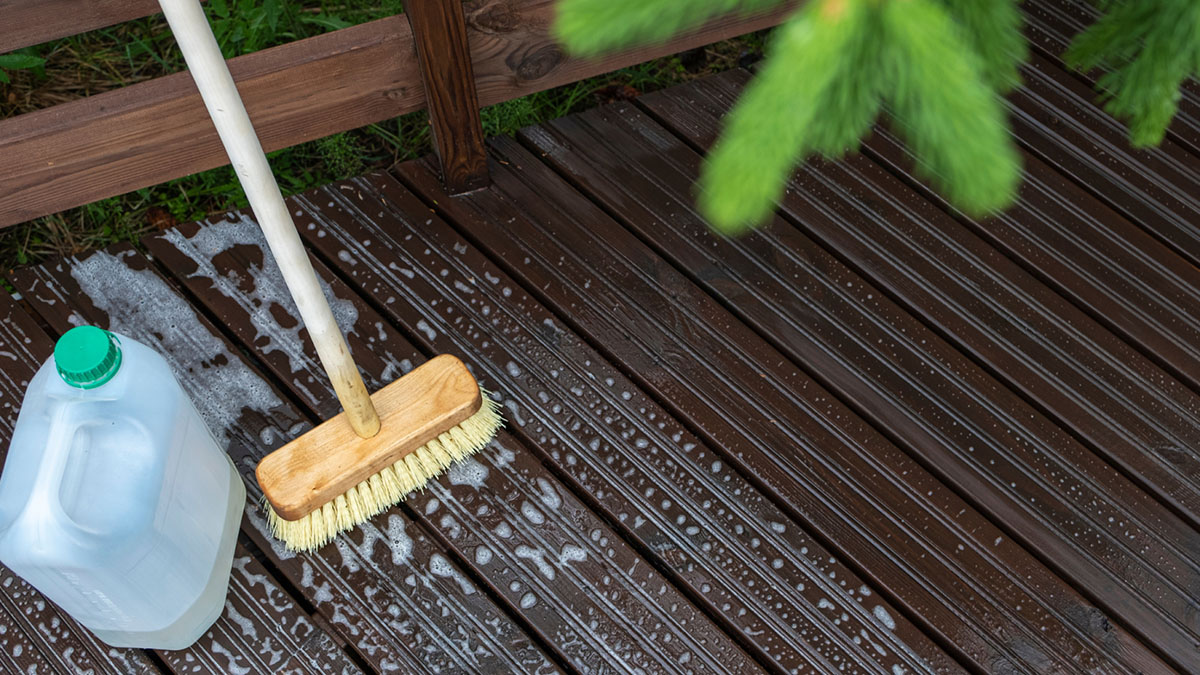
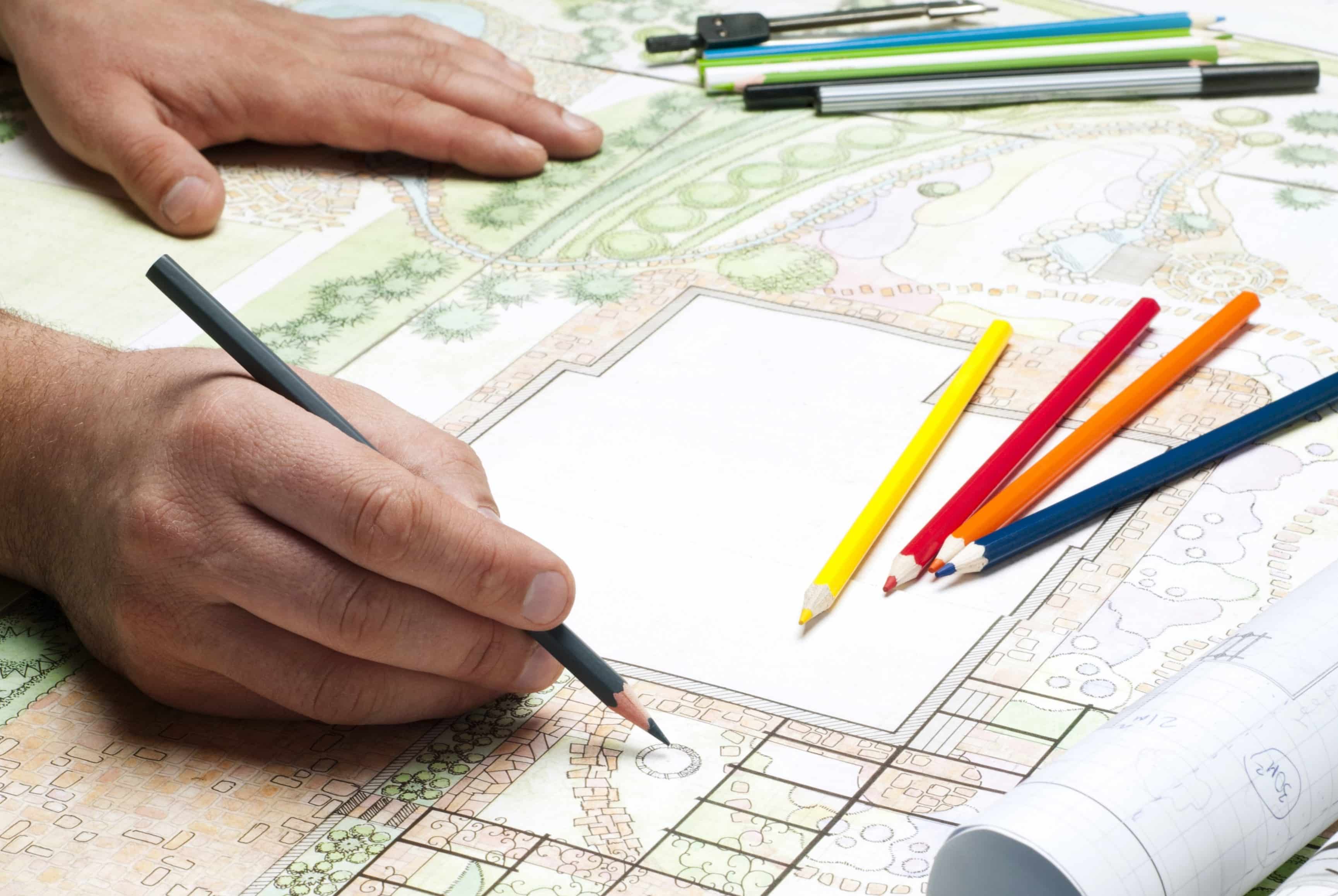
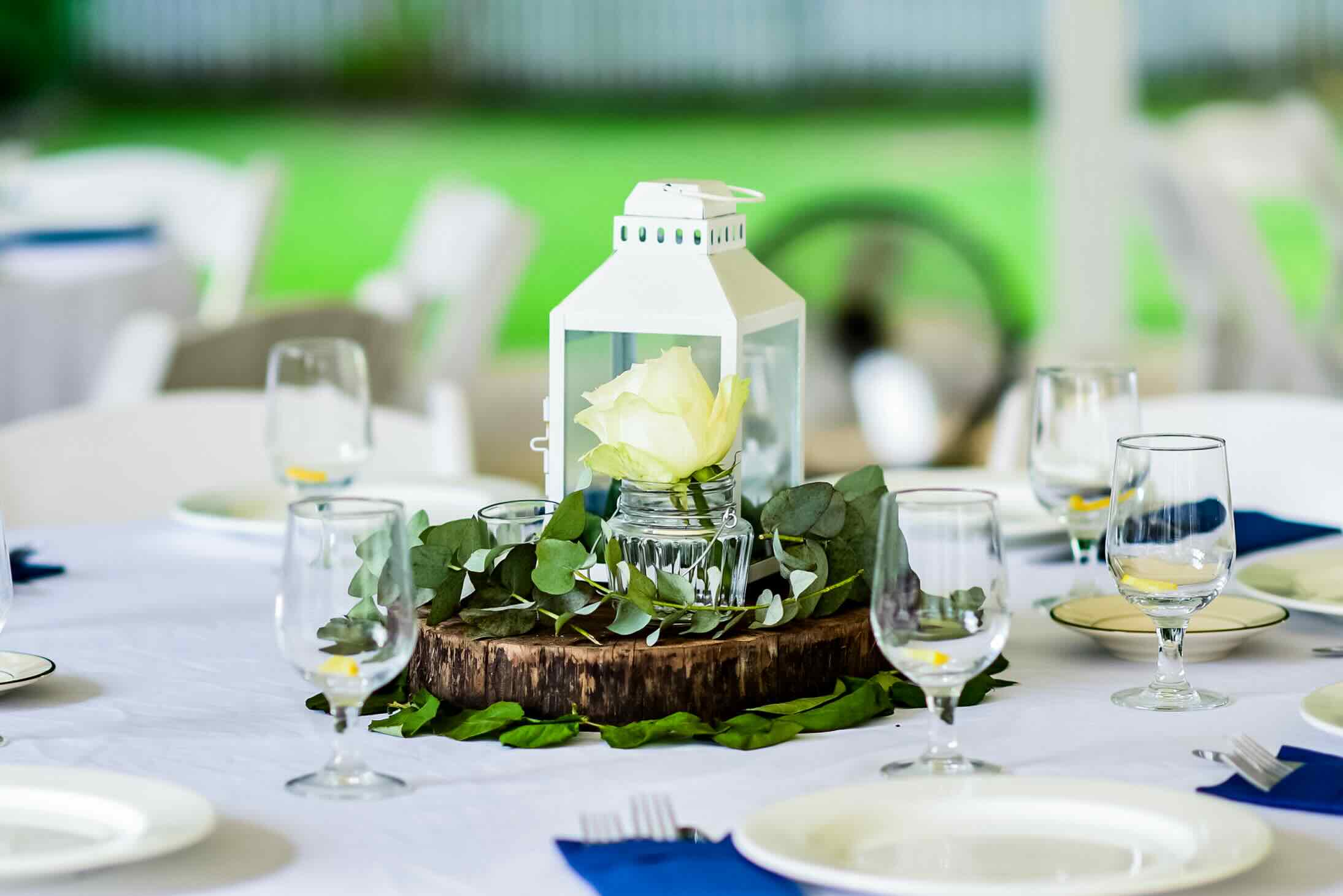
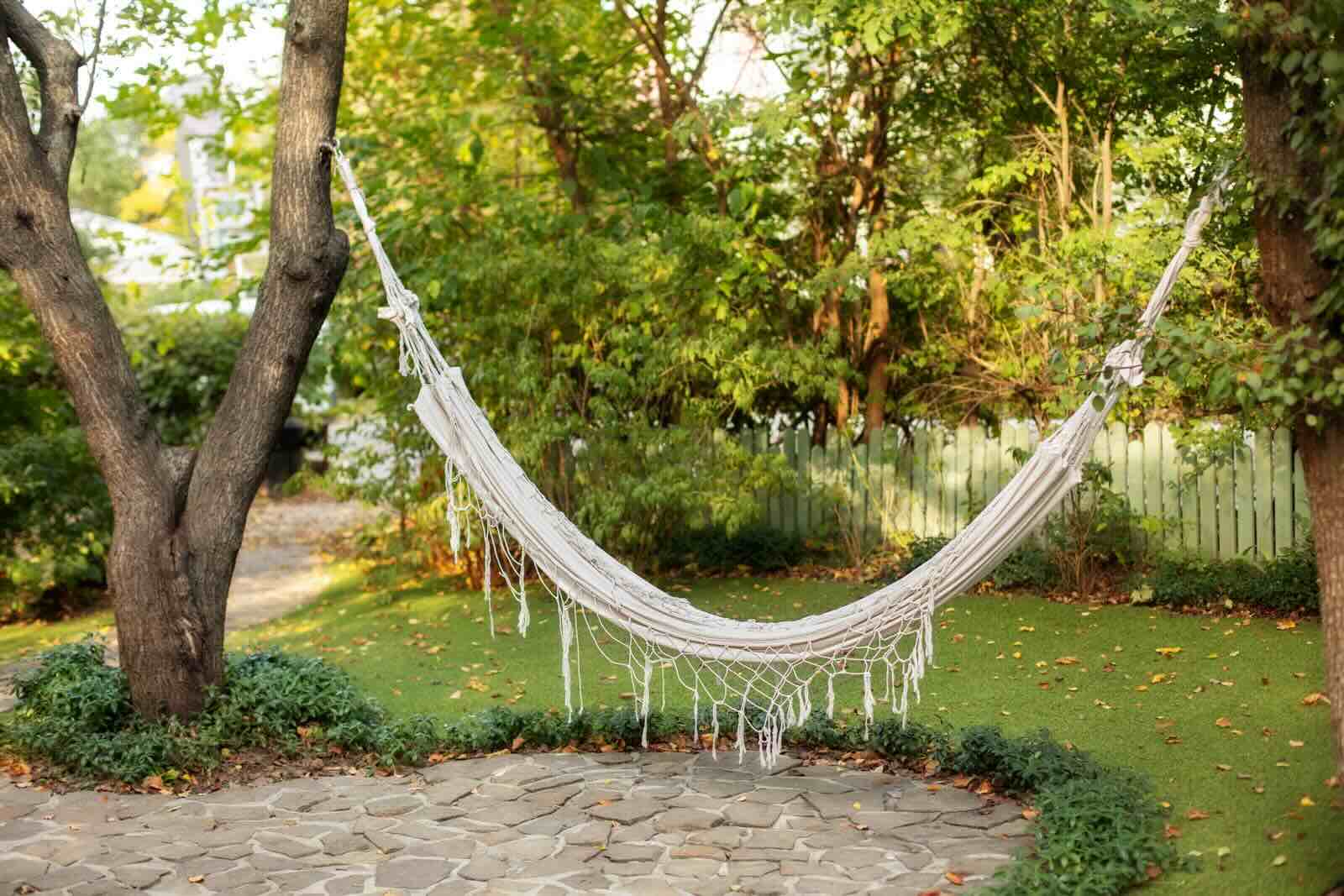
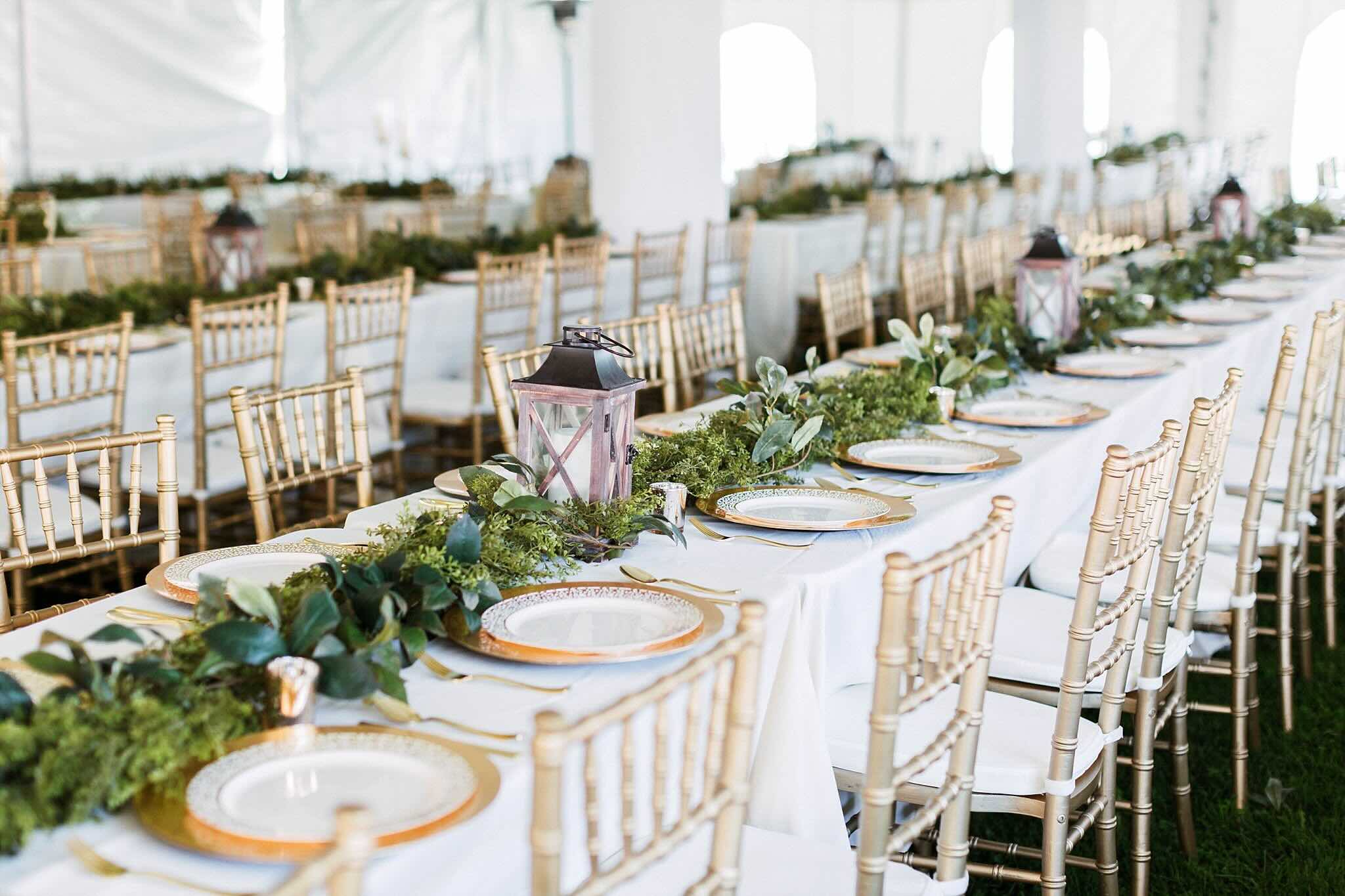

0 thoughts on “How Is Greenery Being Used”